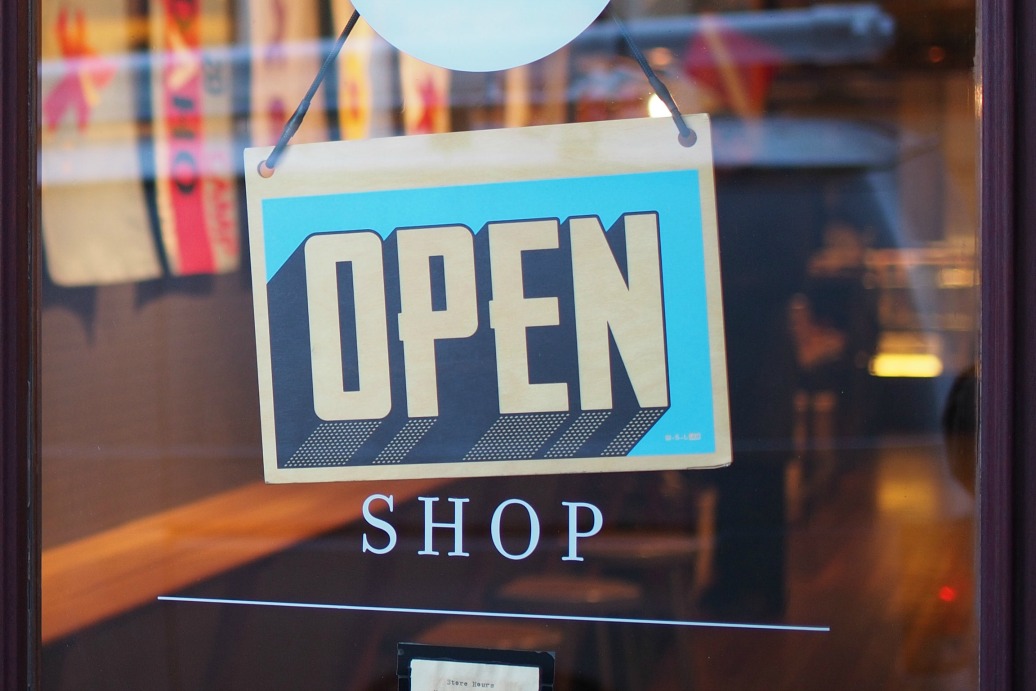The nature of Black Friday is changing, with the trend leaning toward more and more brick-and-mortar retailers staying closed on the big post-Thanksgiving (in the US at least) ‘biggest shopping day of the year’. But this isn’t just an altruistic reprieve on the part of retailers, giving their employees a well-deserved day off with their families: the new reality is that most people are doing their shopping and searching for the best deals online.
The ever-longer Black Friday stretch
E-commerce has shifted the whole Black Friday dynamic, stretching the day out to encompass a full weekend, giving retailers and shoppers more choice and flexibility (but, of course, adding new challenges to supply chains and transport solutions). With the move to e-commerce, this flexibility also includes pre-Black Friday sales, meaning that this year’s shopping spree was already underway when Black Friday hit. Adobe, based on its measurements of 80% of online transactions at 100 of the US’s biggest retailers, claims that sales this year are up almost 17% year-on-year, and as of 14:00 Pacific time on Thanksgiving Day, USD 1.52 million had already been spent online. (And almost half of that traffic came from mobile.)
Overall, projected retail sales for the holiday period, according to the National Retail Federation in the US, are expected to reach USD 682 billion, an increase of 4% over 2016. The vast majority of these sales are expected to happen on Black Friday, but all indicators show that spending is started to stretch out across the entire holiday season, as retailers look to make more pre-holiday creative offers.
Black Friday gone global
I myself took advantage of the early Black Friday e-commerce push by taking advantage of some deals at Swedish online retailer, Boozt (read our case study to find out more about Boozt’s use of Varnish to ramp up for and handle occasions just like Black Friday). This reflects a growing trend as well: the creep of Black Friday from the US, then the UK, into Europe and all other corners of the world. Everywhere I went in Scandinavia this week advertised Black Friday sales, and almost every single website - from clothing to electronics, from food to jewelry - touted its amazing deals and deep discounts. Even if a smaller or regional retailer were not inclined to jump on this trend, it’s almost required at this point. With global behemoths like Amazon dominating e-commerce, other retailers find they need to step in (and get their platforms ready for the probable spike in traffic).
Building web performance to exceed consumer expectation
As people have migrated to online shopping, wherever in the world they’re doing the shopping, it’s become more important than ever that the experience meets or exceeds shoppers’ expectations. This isn’t the early days of e-retail, when sites could get away with being a little bit slow (in the early, pre-Amazon days when only early adopters were pioneering online shopping, most people perceived it as too difficult, insecure, slow and not intuitive, i.e. people had no idea what they could find or how - and if they got somewhere that they could make a purchase, they really didn’t know how to do it). Now, this seems quaint, but that’s how trends go. And now, online shopping is the mainstream, and users expect seamless, speedy transactions on all e-commerce sites regardless of the device or network they’re using. After all, there’s plenty of competition out there if a consumer finds that your site isn’t performing to his expectations or needs.
Tighten and scale up your web performance
Your performance is a given, an expectation - it should be fast, invisible and just work. But this can be a challenge when your normal/predictable web traffic is manageable, but you can’t predict what your extraordinary web traffic will be.
This leads us to another trend: hardening up your infrastructure before big events using the flexible power of the cloud. Many companies of all sizes don’t necessarily need tremendous capacity all the time, but during this holiday shopping period, you are faced with traffic spikes and demands on your system that you likely never see otherwise. This is where need-based elasticity comes in… and where cloud solutions can be ideal.
Varnish Plus Cloud, for example, lets you expand your capacity easily just during the periods of time when you need it (around Black Friday and the busy Christmas shopping period), and then take it back down again just as easily when the peak period ends so you get the performance you need when you need it - but don’t have to maintain or pay for a solution you don’t need when crunch time ends.
How was your Black Friday performance? Ready to learn more about how the cloud can help you ensure web performance in peak traffic events?
/VS-logo-2020-197x60.png?width=136&height=60&name=VS-logo-2020-197x60.png)

